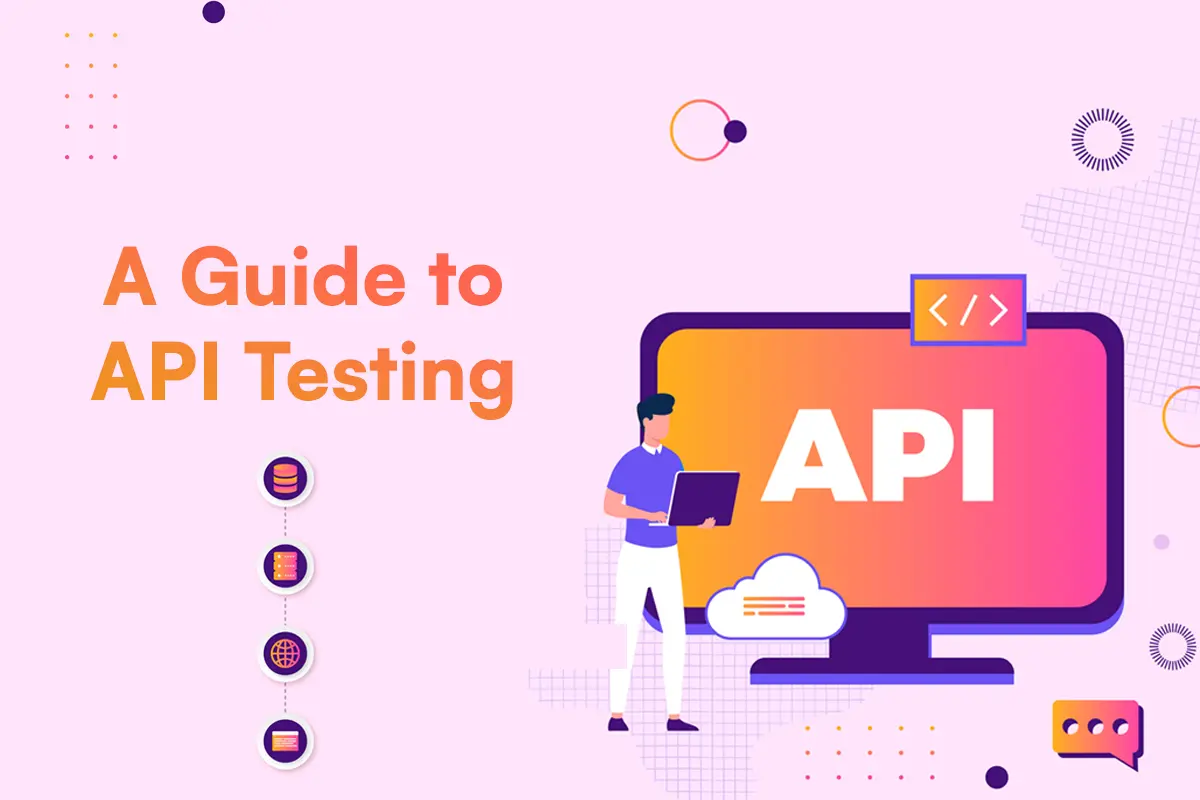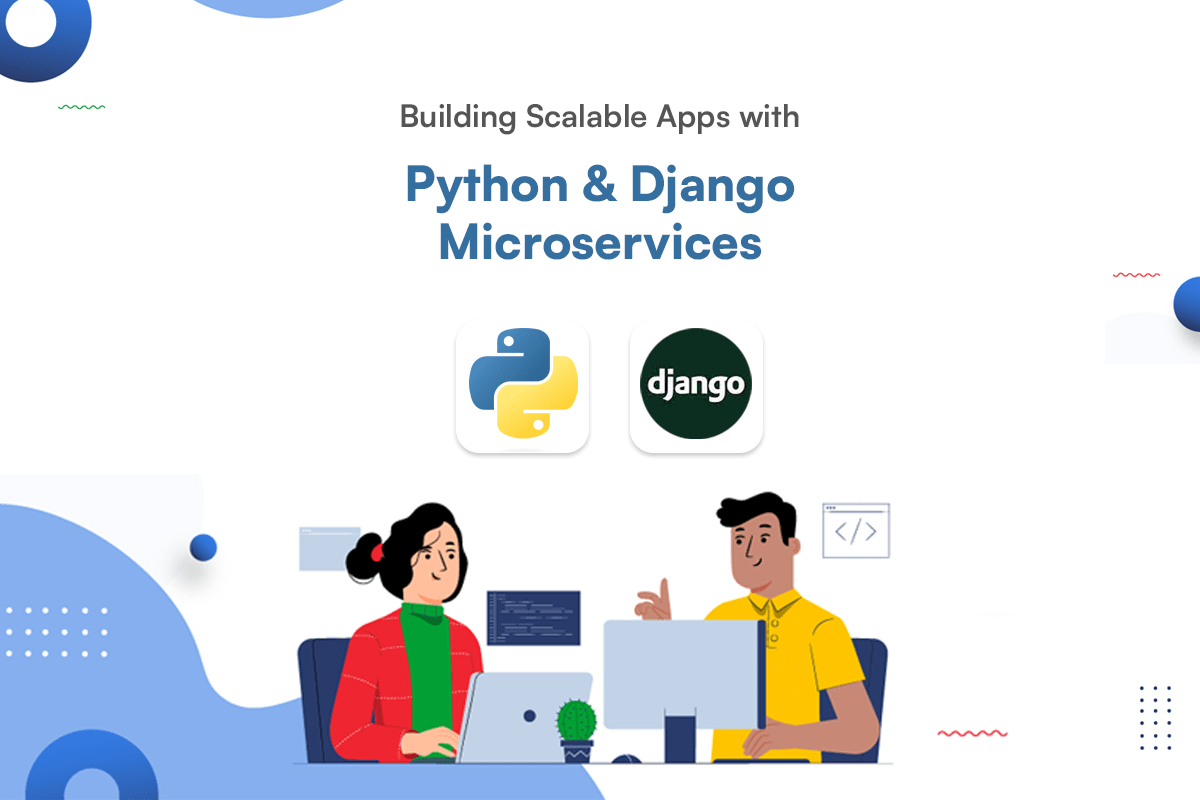API Testing in Microservices: A Comprehensive Guide

Unveiling the Crucial Role of API Testing in Microservices
In the dynamic landscape of modern software development, microservices have emerged as a transformative architectural paradigm. At the core of this revolution lies the intricate web of APIs (Application Programming Interfaces), serving as the communication fabric between microservices. As microservices orchestrate the symphony of independent functionalities, the role of API testing becomes paramount in ensuring the reliability, scalability, and overall success of the microservices architecture.
Microservices Unveiled: A Symphony of Independence
Microservices Architecture Overview: Microservices represent a modular approach to software design, breaking down monolithic applications into small, independently deployable services. Each microservice encapsulates a specific business capability, operating autonomously within the larger ecosystem.
APIs as Communication Channels: APIs act as the lifeblood of microservices, facilitating seamless communication and data exchange. They define how microservices interact with each other, establishing a standardized interface for collaboration.
The Crucial Role of API Testing
1. Ensuring Seamless Integration:
API testing ensures that microservices integrate seamlessly, validating data exchanges and communication pathways. By assessing the interoperability of services, API testing fortifies the cohesiveness of the microservices architecture.
2. Isolation and Validation of Microservices:
API testing allows for the thorough validation of each microservice, ensuring that it performs its designated function accurately. Isolating testing scenarios aids in pinpointing issues at the microservice level.
3. Data Consistency and Accuracy:
API testing validates that shared data remains consistent across microservices. It ensures that updates in one microservice are accurately reflected in others, preventing data discrepancies and maintaining a coherent application state.
4. Fault Tolerance and Resilience:
API testing includes scenarios to evaluate the fault tolerance of microservices. By simulating failures such as service unavailability or network issues, API testing ensures robust error-handling mechanisms and system resilience.
5. Performance and Scalability Testing:
API testing identifies performance bottlenecks, ensuring that microservices operate efficiently under varying loads. Scalability assessments contribute to the responsiveness and scalability of the microservices architecture.
6. Security Validation:
API testing includes security tests to identify vulnerabilities such as injection attacks, unauthorized access, and data breaches. It ensures that microservices operate in a secure environment, safeguarding against potential threats.
7. End-to-End Functionality Assurance:
API testing encompasses end-to-end testing scenarios, ensuring that the integrated system behaves as expected. It provides a holistic view of the microservices ecosystem, validating the complete functionality.
8. Contract Testing for Stability:
API testing, particularly contract testing with tools like Pact, safeguards against unintended consequences. It ensures that changes in one microservice do not break functionality in others, contributing to the stability of the microservices architecture.
Types of API Testing in Microservices
a. Unit Testing:
- Objective: Validate the functionality of individual microservices in isolation.
- Approach: Use mocks or stubs to simulate external dependencies and ensure each microservice performs as intended.
b. Integration Testing:
- Objective: Verify the seamless integration of multiple microservices.
- Approach: Test the interactions between microservices, ensuring they work cohesively.
c. End-to-End Testing:
- Objective: Validate the entire microservices architecture, covering all business processes.
- Approach: Simulate real-world scenarios to ensure the integrated system behaves as expected.
d. Contract Testing:
- Objective: Ensure that contracts between microservices, specifying how they interact, are honored.
- Approach: Use tools like Pact to verify that changes in one microservice do not break functionality in others.
Tools for API Testing in Microservices
1. Postman:
- A versatile tool for manually testing APIs and creating automated test scripts.
2. RestAssured:
- A Java library widely used for testing RESTful APIs, suitable for automated testing.
3. Pact:
- A contract testing tool that helps ensure microservices adhere to their agreements.
4. JUnit/TestNG:
- Popular testing frameworks for writing and executing unit and integration tests.
5. Docker:
- Facilitates containerization, enabling the creation of isolated testing environments.
Automation in API Testing for Microservices
- Embrace automation to handle the complexity of microservices architecture.
- Integrate API tests into continuous integration pipelines for early detection of issues.
Documentation and Collaboration
- Maintain clear and updated API documentation.
- Foster collaboration between development and testing teams to ensure alignment on API specifications.
Monitoring and Logging
- Implementation of robust monitoring and logging mechanisms is critical. API testing contributes to proactive issue identification, allowing for quick resolution and contributing to the overall stability of the microservices environment.
Challenges in API Testing:
- Distributed nature: Testing across multiple services and environments can be complex.
- API documentation: Outdated or incomplete documentation hinders effective testing.
- Mock dependencies: Mocking external services for isolation can be challenging.
- Test automation: Efficient automation is crucial for managing the large number of API tests.
Best Practices for API Testing in Microservices:
- Shift-left testing: Integrate testing early in the development lifecycle.
- API documentation tools: Use tools like Swagger to generate and maintain API documentation.
- Contract-driven development: Define and enforce API contracts for collaboration and consistency.
- Mocking and virtualization: Utilize tools like Mockito or WireMock to simulate dependencies.
- API testing frameworks: Leverage tools like Postman, SoapUI, or RestAssured for efficient testing.
- Test automation: Automate repetitive tests for faster feedback and continuous integration.
Conclusion
API testing in the realm of microservices is a dynamic and multifaceted endeavor. By adopting a comprehensive testing strategy that encompasses unit testing, integration testing, end-to-end testing, and contract testing, organizations can ensure the seamless operation of their microservices architecture. Leveraging tools and automation not only enhances efficiency but also contributes to the reliability and scalability of microservices-based applications.
As microservices continue to evolve, a continuous commitment to refining and adapting testing practices is paramount. Embrace the challenges, stay vigilant in monitoring, and let API testing be the cornerstone of a resilient, high-performance microservices ecosystem. In doing so, you pave the way for a future-proof and reliable software architecture.





